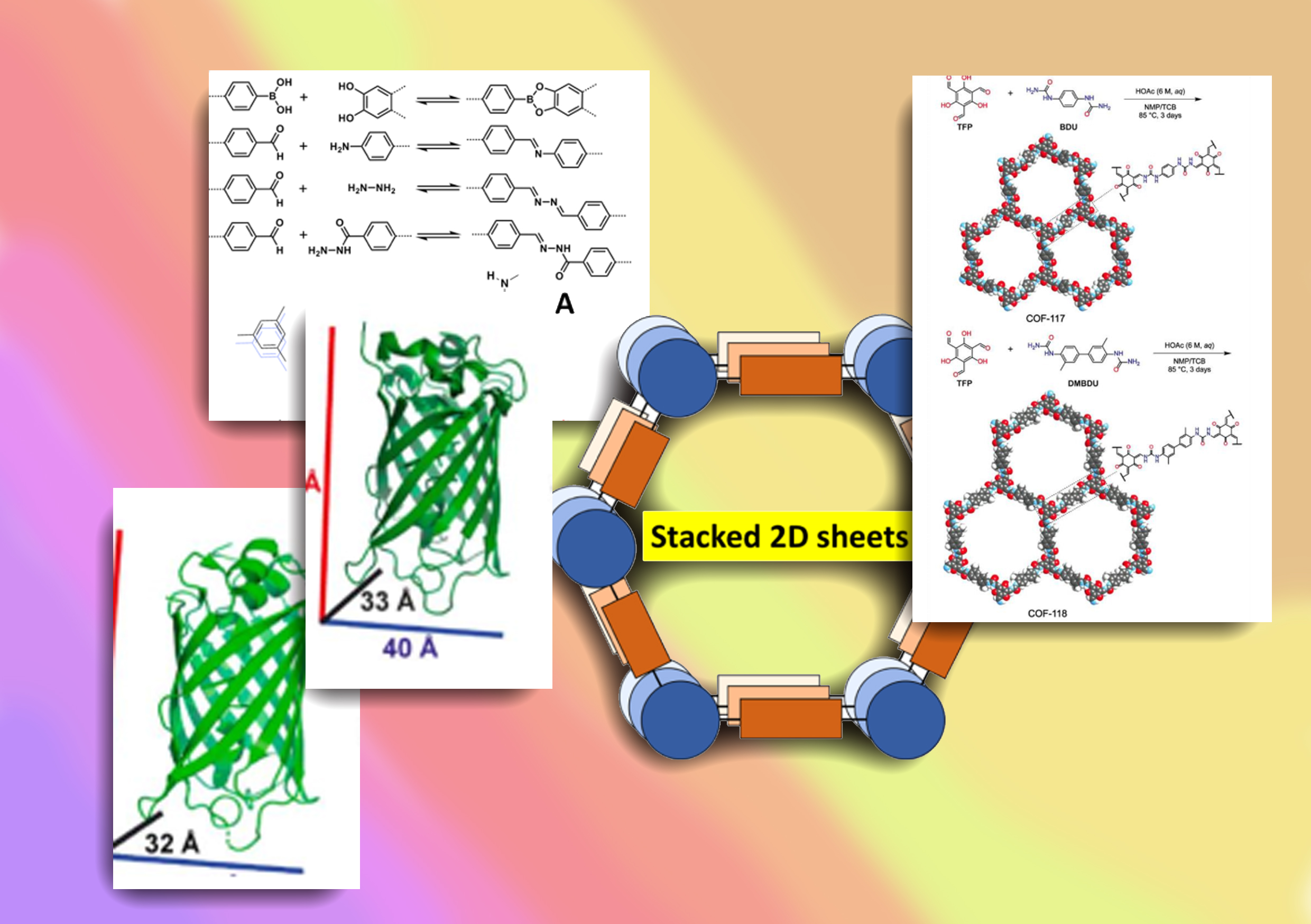Hydrogen Bonding: The Foundation for Future 2D-Covalent Organic Framework Development
##plugins.themes.academic_pro.article.main##
Abstract
2D-Covalent organic frameworks are a class of crystalline porous polymers whose structures are dictated by dynamic covalent bond formation and non-covalent interactions. 2D-COFs are made out of two-dimensional sheets formed by dynamic covalent reactions stacked together via supramolecular interactions. Since the first report, the main focus was given to developing new dynamic covalent reactions for 2D-COFs and much attention was not given to the development of new strategies for effective utilization of non-covalent interactions for better quality materials. Out of the common supramolecular interactions found in 2D-COFs, relatively few reports are found to date describing the efforts made to establish intra- and interlayer hydrogen bonds. This minireview will focus on the design parameters used in developing hydrogen bonded 2D-COFs with superior materials’ properties. The importance of hydrogen bonding in 2D-COFs to address the current and future material needs will also be discussed.

